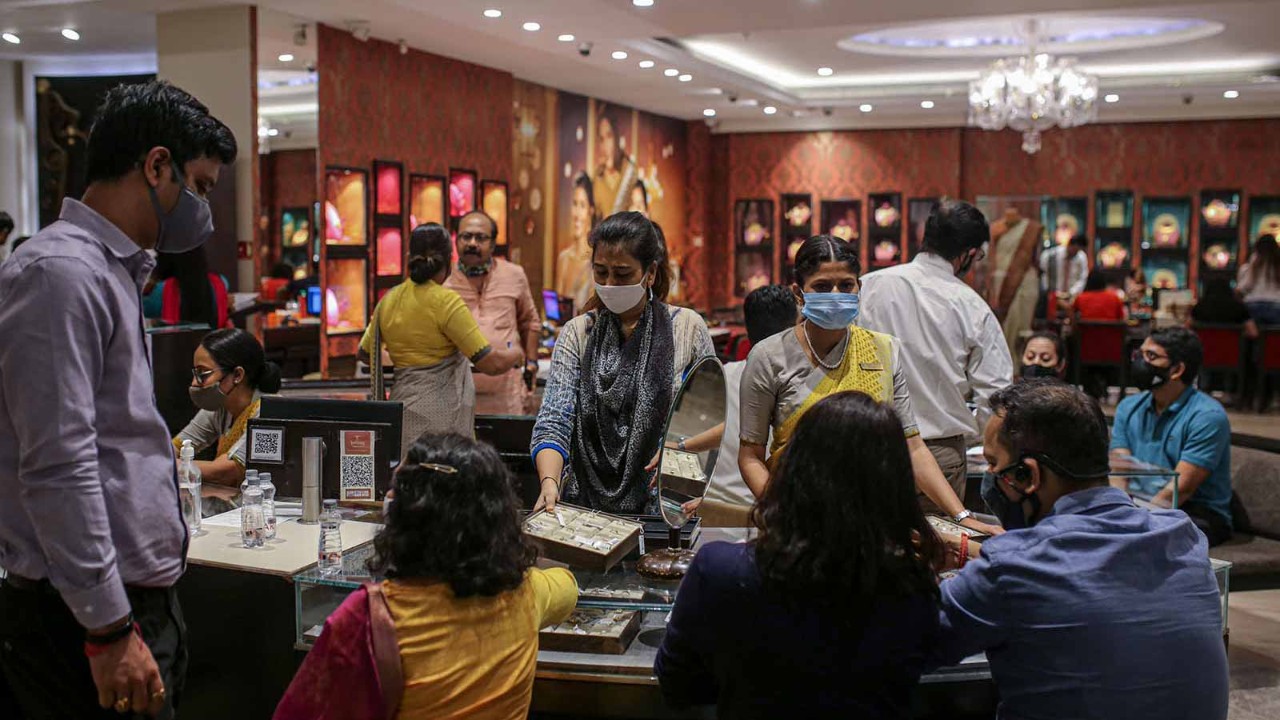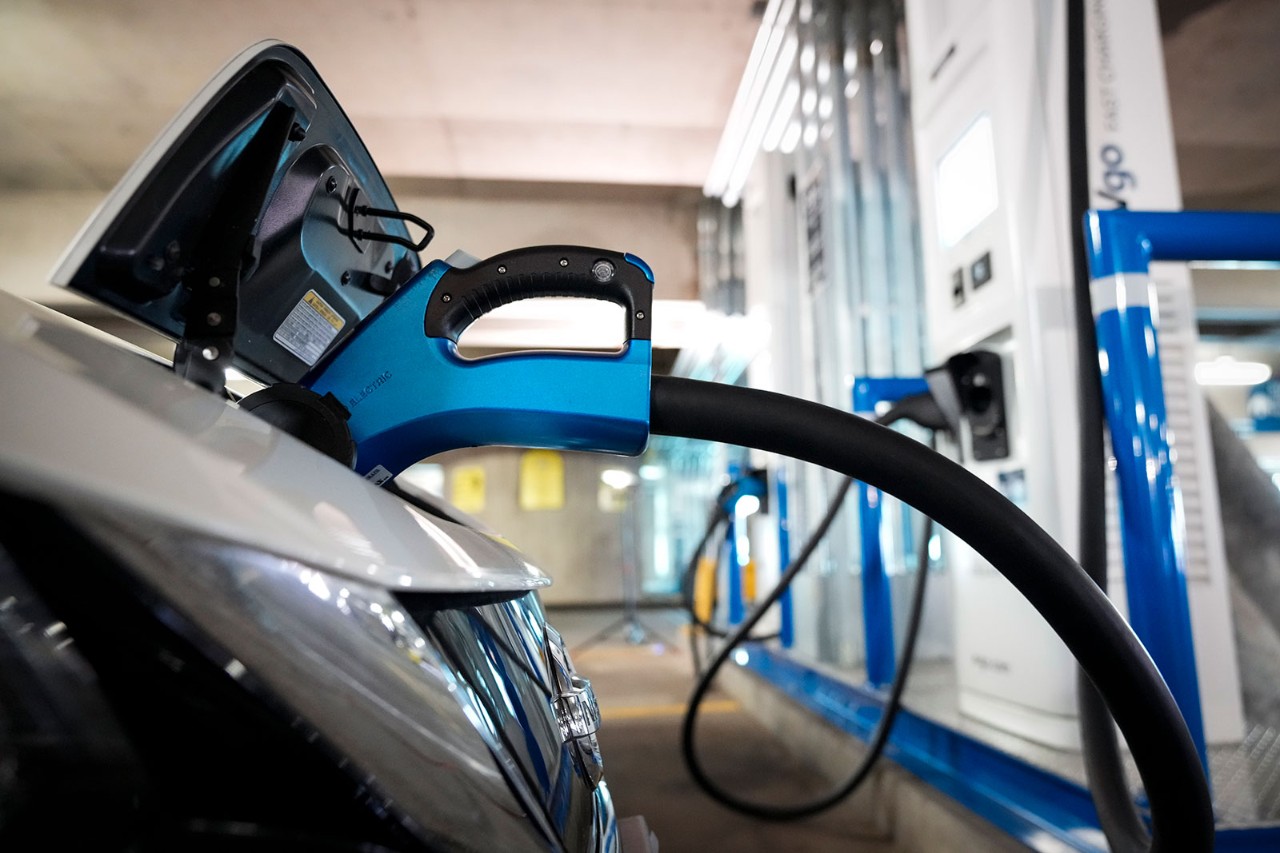
Despite the devastating impact of the pandemic on livelihoods and the economy, India looks to be on the road to recovery. Its GDP expanded by 8.4% in the July-September quarter compared with the third quarter of 2020.
Output in most industries is now comfortably above pre-pandemic norms except for sectors with high levels of personal contact such as air and rail travel, tourism and services. Covid infections have plunged to their lowest levels since June 2020, with around four per 100,000 of population, one of the lowest rates in the world. Nearly 35% of the population is now fully vaccinated and more than 75% in many areas have Covid-19 antibodies.
Consumer and business confidence is rising. Retail sales over the Diwali festival in early November were robust, as consumers opened up their wallets. In the corporate sector, the Dun & Bradstreet business optimism index was at an eight-year high in October.
Better still, the purchasing manager survey of the manufacturing sector showed factory activity gaining strong momentum in November. Lead indicators such as the pipeline of new business point to continued vigour. And to round off the good news, India is enjoying an export boom – shipments abroad are running at around 25% above pre-pandemic levels.
Return to rapid growth?
Since economic liberalisation began in 1991, India’s economy has grown robustly. While there has been something of a pattern of short sprints of great vigour giving way to periods of more lacklustre performance, there are some very good reasons to be optimistic.

Young Indians have supersized ambitions for themselves and are vigorously gaining skills and starting up new businesses
First, the big push to improve roads, ports, airports, mass transit and electricity generation is helping overcome what has historically been an inadequate infrastructure – with its resulting higher logistics costs and lower connectivity – that has held Indian businesses back for too long.
A second constraint being lifted is the tax and red tape that has made for an uninspiring business ecosystem. A spate of deregulation has massively improved India’s ranking in the World Bank’s Ease of Doing Business survey. Just ten years ago, the country used to rank very much in the bottom half of the league table of 190 jurisdictions, but it had moved up to 73rd position just before the pandemic and has surged forward again to 63rd in 2021. Much has also been done to remove the many obstacles that foreign investors used to face. The implementation of a goods and services tax in 2017 has unified India’s once fragmented markets and created immense new synergies.
Third, reforms are being made in key economic areas. There is progress, for instance, in easing the onerous labour market regulations that have deterred businesses from hiring workers in the formal sector. Several Indian states have led the charge in updating these regulations, and the central government is also now addressing the issue. The central government has also begun a process of privatising failing state enterprises, which could eventually lead to greater economic efficiency.
Fourth, there is a mindest change under way in India. Young Indians have supersized ambitions for themselves and are vigorously gaining skills and starting up new businesses. India has close to 500 million digital natives, who are likely to be as powerful agents of change as they are elsewhere around the world.
Surge prospects
Continued growth depends on continued reform, and it is here where the country’s impressive post-pandemic progress may stall. Three farm laws passed in 2020 to overhaul the inefficient and debt-ridden agricultural sector by rolling back farm subsidies and price regulation on crops had to be abandoned in 2021 in the face of huge protests by farmers.
Yet the ongoing reforms in other areas are keeping the Indian economy rolling forward. While the repeal of the farm laws was followed by a freezing of last year’s big labour market shake-up until 2022, the sweeping changes introduced (which include flexibility of hiring and firing) have not attracted anything like the intensity of opposition generated by the farm laws. India, it seems, may well have found the key to unlocking its vast economic potential.




